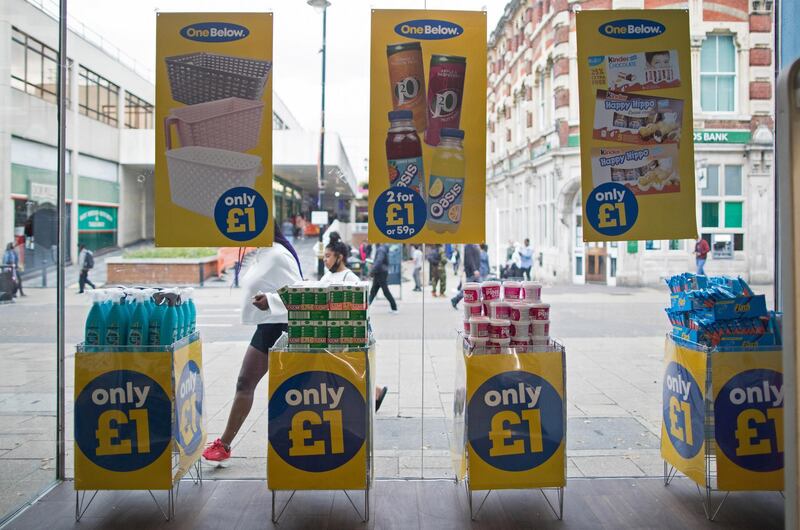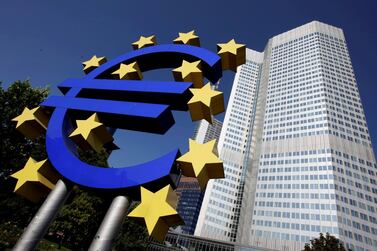Fears of a no-deal Brexit have come back to haunt the UK’s financial markets.
With the relationship between the European Union and Britain reaching a new level of discord, investors hammered the UK currency with an intensity that hasn’t been seen since the height of the coronavirus pandemic in March.
Money market investors are stepping up bets the Bank of England will cut rates below zero for the first time in its 326-year history, and options markets are pricing in the likelihood of deeper losses for the pound. Excluding mid-March, the week will be recorded as sterling’s worst sell-off since 2016.
“Brexit is back like a bad rash,” said Ned Rumpeltin, head of foreign exchange strategy at Toronto-Dominion Bank in London.
And that’s not the only thing worrying investors. The coronavirus is spreading rapidly once again in the UK and there are concerns companies will slash hiring if the government’s wage support programme expires at the end of next month.
Sterling sank 3.7 per cent in the week to $1.28, the lowest since July 23. The weakness is even starker against the euro, which strengthened after European Central Bank president Christine Lagarde seemed unfazed about the currency’s recent rally. At 92.58 pence versus the euro, the pound is near some of the highest levels seen over the past five years.
At stake is whether the EU and UK can negotiate a trade deal before time runs out. Talks between the two sides were thrown into crisis this week after Prime Minister Boris Johnson’s government proposed breaking international law to re-write the Brexit divorce accord.
Traders turned to options to hedge against the possibility of future volatility in the pound. Risk reversals, a gauge of market positioning and sentiment, show a steep increase in bearish sterling bets.
“Brexit is back – and hard,” said Jordan Rochester, currency strategist at Nomura International. “It’s becoming very difficult to see the light at the end of the tunnel,” he said, predicting that the pound could slump to $1.18 if there is a chaotic break from the EU.
With Britain’s economy far from pre-pandemic levels, negative interest rates are still a hot topic of speculation and traders will be closely studying any comments after the Bank of England’s meeting on Thursday for any clues.
Money markets on Friday priced in a cut below zero as soon as February and see a reduction of almost 20 basis points by the end of next year. As recently as Monday, traders were factoring in rates remaining above zero until September 2021.
Investors have also started snapping up protection against faster inflation, which could be triggered by the pound’s devaluation in a messy Brexit. The premium on short-dated UK breakevens – instruments reflecting the difference between nominal yields and the amount that index-linked government bonds pay – rose 25 basis points over the US during the week, the biggest increase since March.
“UK breakevens have performed very well at the front-end and that’s to do with no-deal Brexit risks being priced into the market,” said Daniela Russell, head of UK rates strategy for HSBC.
Some parts of the bond market still seem calm despite the fractious UK and EU relationship. In previous times of stress, traders sold Irish bonds, sometimes against French debt, because of the former’s close ties and vulnerability to the UK economy. The spread widened by about two basis points in the week, a relatively small move.






